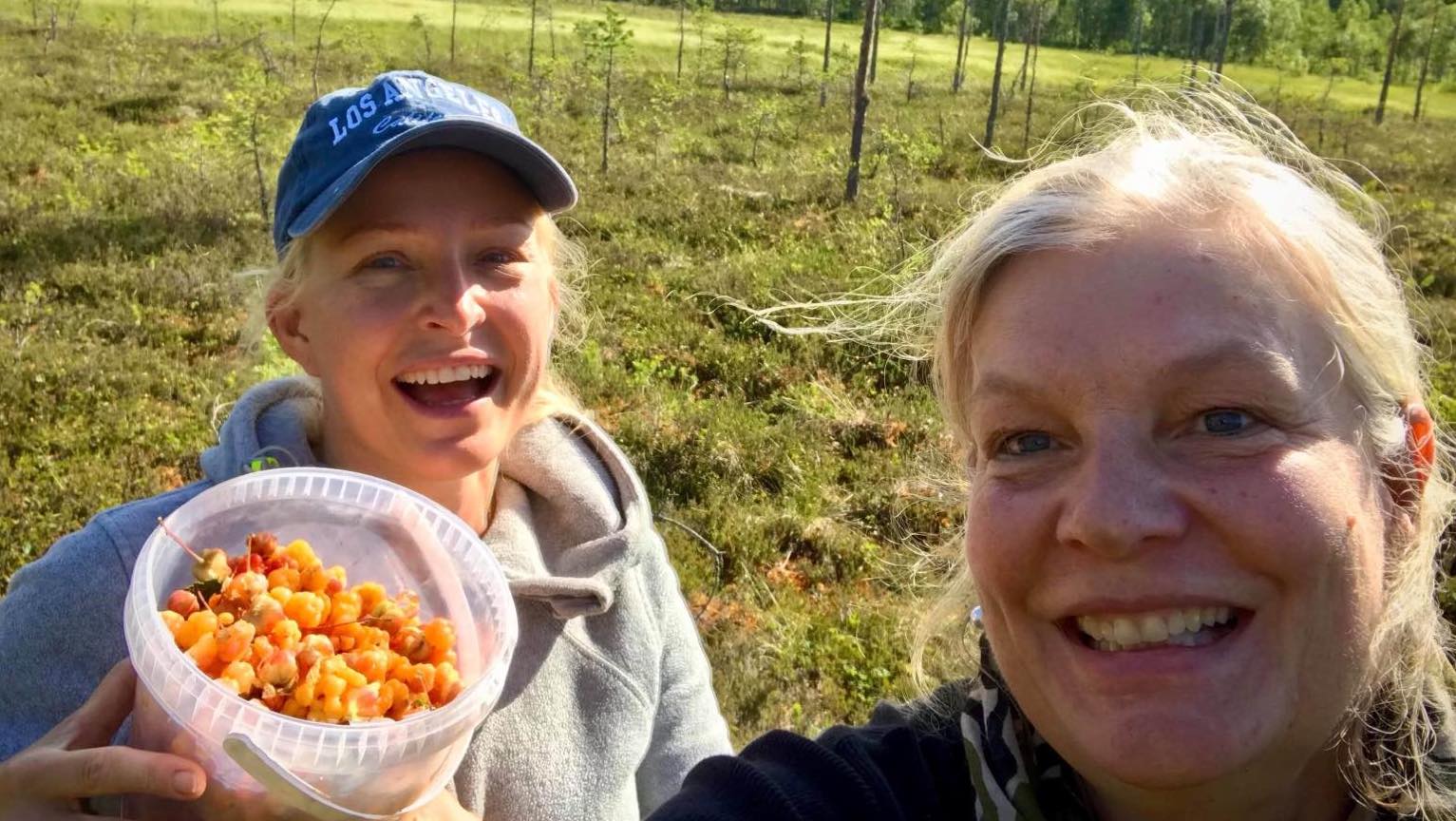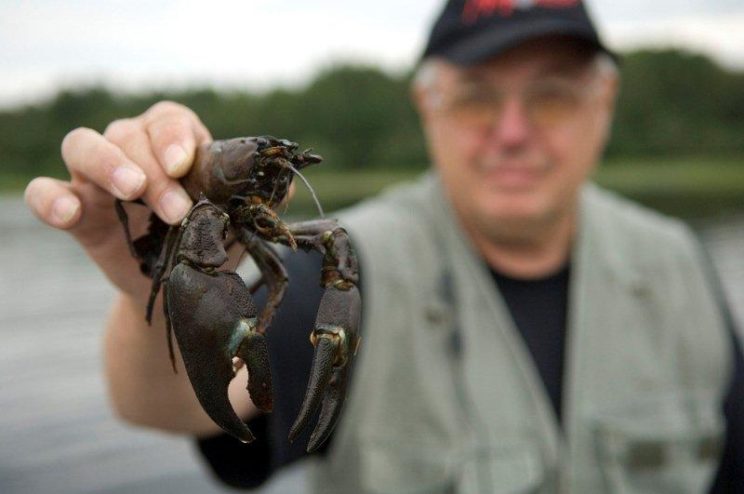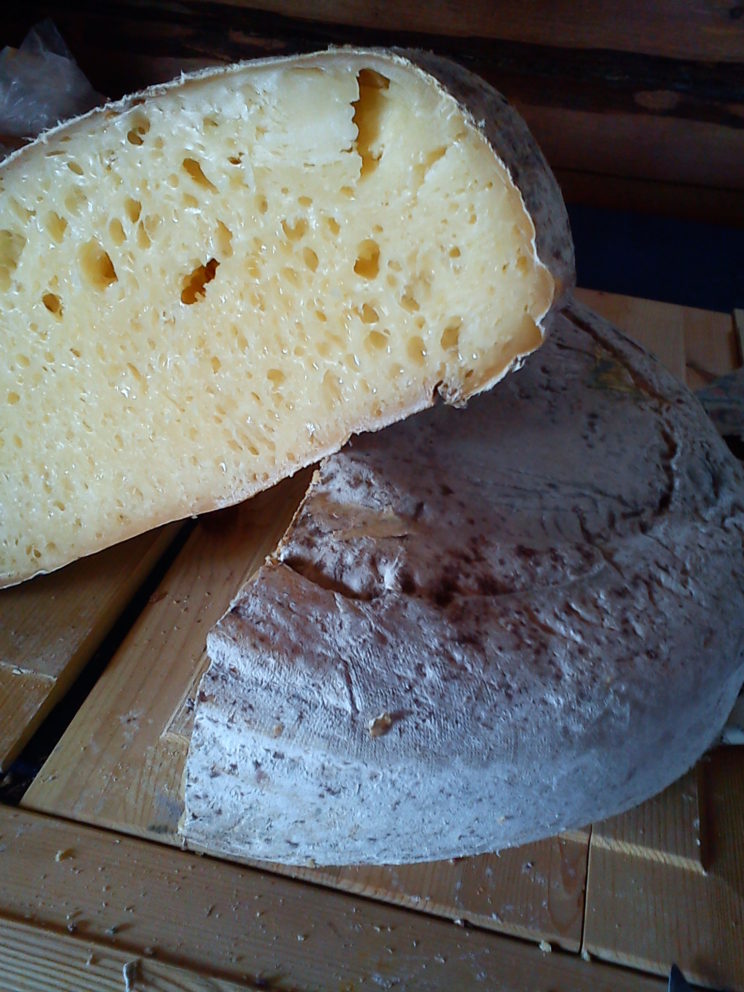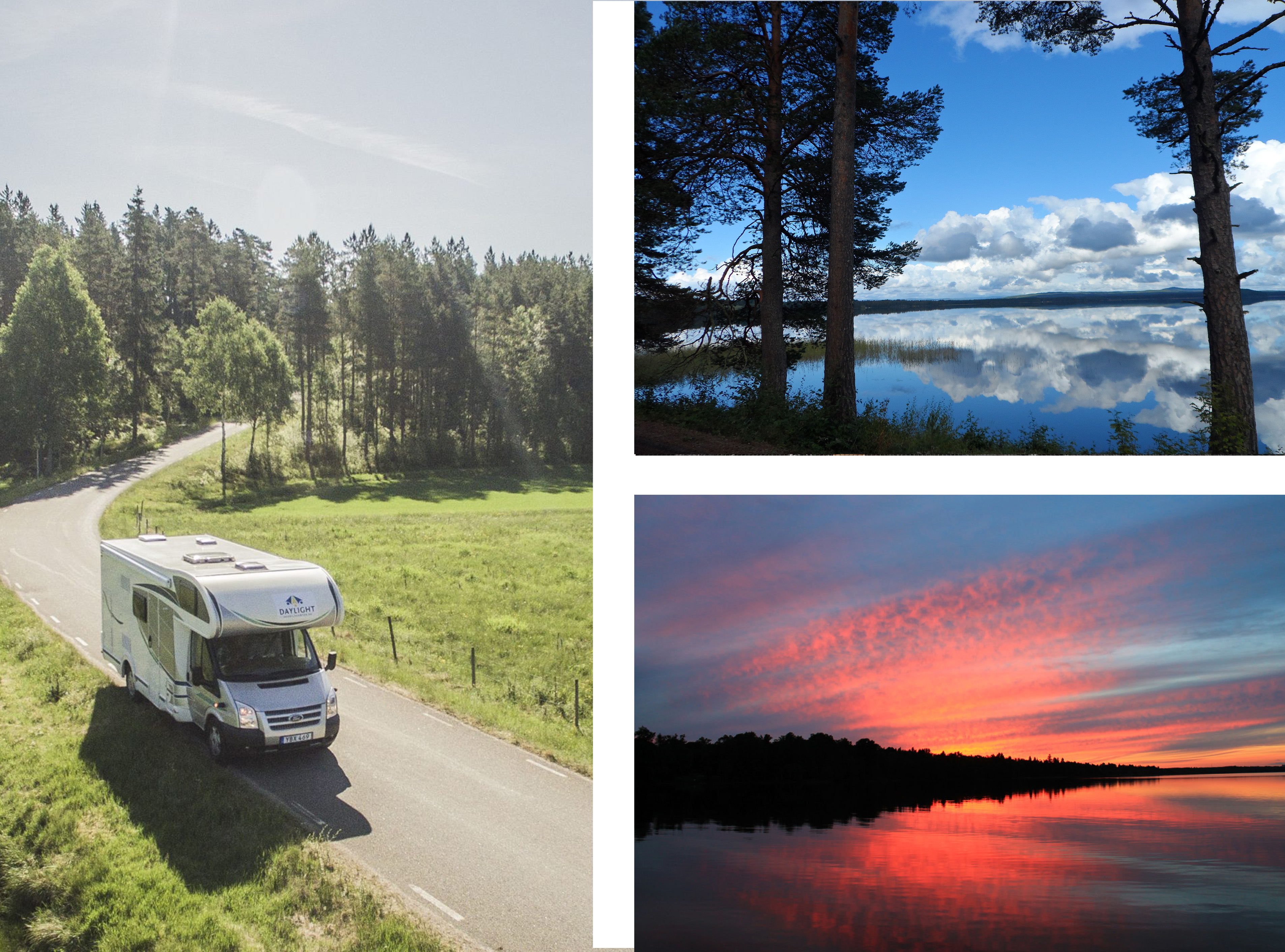Get to know Sweden with its cuisine
Your Sweden culinary trip needs a bit of planning. Are you looking to taste Swedish delicacies, but also want to get to know Sweden? Go on a culinary trip and discover Sweden, its culture, heritage, and history through your taste buds. In this article, I will give you tips on what to try and where to find it.
Take the opportunity to learn more about agricultural pre-conditions and innovations that shaped Sweden as a country in the past, but also today. How are the Swedish producers of food experiences answering to today´s demand on cleaner food, delicious food and no waste.
Sweden is a country where food is stored to survive the long winter months. In the pantry you can find pickled vegetables, frozen fruits and berries, bottles of local apple juice or apple cider and jars of apple puree. All of which are gathered during summer. Today, the “Allemansrätt” makes it possible for Swedes and visitors alike, to pick fresh berries, mushrooms and fish in the lakes etc.
A food tradition formed by nature
The people of northern Scandinavia love their outdoors, fishing, picking berries and mushrooms, and of course most importantly, hunting. Depending on the hunting game, each starts at different seasons.
Sweden is, in many places, a sparsely populated country. For centuries people lived on what the local farmstead could produce. The cuisine is a testimony to the culture and nature in the different regions of not only Sweden, but Scandinavia as well. For example, in Lapland, food is influenced by the Sami people and their reindeer herds, fishing traditions, and knowledge of how to harvest the produce of nature.
All over Sweden people have also traditionally fished in the many lakes, there are over 100 000 lakes in Sweden. Typical fishes in the south Swedish lakes are Pike, Zander and Perch, while in the Swedish mountain lakes there are char, whitefish and lake trout. To fish for crayfish is also very popular in Sweden in the late summer and early autumn.
Swedish urban eating vs. the countryside
In the cities and urban areas, people live close to restaurants, cafés and grocery shops with long opening hours. In Urban areas it is easy to enjoy your Sweden culinary trip.
However, the people in the countryside often have to take long journeys to the closest food outlet. This is why culinary household traditions in the countryside is conservation. The freezers and cupboards of countryside homes are more than often full of fish, moose meat, jars with pickled vegetables, frozen berries, dried mushrooms, (especially the delicacy mushroom chanterelle), and jars of jam.
Many of the traditional dishes and delicacies are based on the ingredients that grow or live in the vast forest, such as berries, wild animals, herbs and mushrooms. Other food sources are the thousands of lakes, rivers, wetlands and coastlines.
The Swedish cities are known for great dining. A Swedish food trip is to a great extent connected to cities, such as Stockholm, Gothenburg and Malmö. During the high season, summer and early autumn, the popular tourist areas, such as Österlen, Öland, Bohuslän and Jämtland/Härjedalen, also offer seasonal food festivals and restaurants around local produce and culinary traditions.
Keep your eyes open -Sweden culinary trip
On the Swedish countryside you can find cozy restaurants and quaint cafés, but these are often are open on a seasonal basis. Also due to the seasonal character, the food on offer might be good but simple, and catered to what the visitors want rather than the local and traditional “husmanskost” dishes. Off season opening times might be concentrated to weekends.
For sure, the shortest route between crops and the table is in the countryside. You just know that the food on your plate is a gem that has been carefully taken out of earth and polished with gentle hands. Gourmet eating, local food production and quality food outlets are on the rise in the Swedish countryside. You should look for all-inclusive resorts, as these are open the whole year around. In many of these resorts you can find beautiful kitchen gardens and aquaponic farming.
Agriculture in central and northern Sweden has been dominated by small farms based on animal husbandry. Today you can find great artisan dairy food production in many countryside regions.
What you will find
- Ingredients coming from local farmers or artisan food producers. Local flavors telling a story about the evolution of the place it stems from.
- Clean and rich soil comes from innovative ways to growing.
- Zero waste production and how the food is served, stored, and recycled.
- Seasonal foods. Always a challenge in a country far north, but each season has its beauty.
- Outdoor cooking facilities based on sustainability in cooking methods.
- Micro-bakeries, orchards, world-class cheese makers and micro dairies, chocolatiers, brewers, roasters and farmer’s shops.
- Resorts, restaurants or cafes offering dishes stemming from their kitchen garden.
- Shops in every little town, but for a real treat find the ”mathantverk” (the food artisans.)
Important aspects of Swedish culture and its food
Seasonal food and local produce
The interest to grow your own vegetables, fruits and berries is on rise in Sweden. More and more resorts are keeping their own hens, as well as producing honey.
If you are a food lover, ask if you can buy a basket of goodies. There might be some local dishes, homemade goodies or even leftovers that you cannot resist.
From farm to plate
The “gastrobotanic” kitchen is a culinary concept from Elche, Spain. A chef joined forces with a biologist to develop haut cuisine from forgotten local crops. An interesting concept in which vegetable and produce from the nature’s and local food basket are the main ingredients in the dishes.
Go Nature Market is a new Go Nature Trip adventure into the future of sustainable tourism. Book and buy from the local countryside entrepreneurs. This is the best way to help them to further develop their products. Learn more about the farm to plate concept.
“Reko-ringen”, the Swedish farmers´s market. A digital Swedish story with a local focus
If you stay longer in Sweden, look for a “Reko-ringen” to buy your groceries. “Reko-ringen” stands for consumption that is sustainable, fair and genuine.
The Swedish food and grocery retail system is dominated by big chains. “Reko-ringen” is a model of a farmers market where the advertising and buying takes place in Facebook groups. The payments are digital, and the farmers set up posts announcing a meetup at a predetermined time and place. The farmers hand out the prepaid goods to the customer who shows up to collect their order.
Environmental friendly outdoor cooking and learning, south Sweden
Sign up to one of Ödevata’s sustainability learning tours, learn more about aquaponic systems and biochar production, and finish off with an outdoor cooking class on a biochar grill. Magnus, who runs this fantastic resort with his wife Malin, is innovating and building outdoor kitchens. The idea is to cook fantastic food with a minimum effect on the environment. This is a true upcycling of your Sweden culinary trip. They have stunning outdoor kitchen perfect for a family get-together or celebration.
Close to Ödevata you have the an emerging eco-resort run by Explore Småland, they work together with Ödevata Countryside hotels to offer a fantastic foodie learning experience.
Check out what they have of offer in terms courses and classes on how to take care of seasonal vegetables. A great souvenir to return home with some pickles and dried peppers.
“Allemansrätten”
“Allemansrätten” is a much appreciated Swedish institution. You have the right to hike, bike and pick berries in the woodlands and forests. It, The Right of Public Access, regulates what you can and can’t do.
Under this right, you don’t need permission to cross private land, especially to reach a body of water, such as lakes or rivers. You can pick berries and mushrooms freely. However, you need to ask the land owner for permission if you plan to do outdoor activities on their property.
Please check out the rules and regulations for harvesting the produce of the lands.
Swedish delicacies, local produce and home dishes you must try
- You can buy smoked fish harvested from Ödevata’s aquaponic greenhouse.
- There are many local ice cream producers as your travel around in Sweden. Homemade Swedish ice cream and a great variety of tastes.
- Sweden has a long history of keeping diary animals. Especially up far north where the agricultural season is short. Visit a local diary and buy their dairy products.
- The Swedes love their gardens and a common tree is the elder flower tree. Swedish beverage elder flower cordial is something you can find on your travels all over Sweden.
- Find out more about the Swedish crayfish traditions and history. For instance, some of the Go Nature Market shops have crayfish in their private lakes.
Where to go and try different dishes
Lake Vättern
- Travel around and visit fruit and berry orchards on the fertile lands around the lake Vättern. You can pick and buy apples and blackcurrants. Pay a visit to the shops at the orchards and buy locally made ciders.
- The lake Vättern is famous for crayfish. Nevertheless, most of the crayfish fishing takes place in the small lakes in the area. The Crayfish Party and fishing premier is on August 7, which is an important date for many Swedish families longing to invite friends and families to a party.
A bit about the Swedish North and Sweden culinary trip
- The Swedish coffee break, or fika, has a special connotation in the Swedish north. In Lapland, the people like to prepare “kokkaffe” outdoors. You need a small fire, your pot and a wooden drinking cup or a “Kåsa”. A “Kåsa” is Sami people’s so called “duodji”, handicraft or carved objects from birch burl. “Kokkaffe”, literally “boiled coffee,” is a common method of coffee brewing, particularly in the north.
- The traditional Swedish meatballs made from the meat of moose or reindeer is truly arctic Sweden on a plate. Both moose and reindeer have a very rich taste. The meat is lean and rich in vitamins.
- “Västerbottensost”, which is a cheese originally from “Burträsk” in Lapland. It is made with cow milk from northern Sweden and is an aromatic hard cheese. A typical way of eating it is using it for pie, the so called “Västerbottenpaj”.
- In central and northern Sweden you can find micro bakeries selling freshly baked traditional Swedish flatbread.
Traditional, but no longer “common” food up north
- “Palt” is a traditional Swedish dish. There are regional variations of this dish. For example, in the Swedish Lapland The Sami people would make Palt from Reindeer blood. In other parts of Sweden the inhabitants mixed different grains (“Gråpalt”) and grated potatoes and filled them with pork. You eat this dish with lingonberry jam.
- “Surströmming” is translated to sour herring. The herring has been preserved by fermentation, which is an old-fashioned way of keeping food fresh for a long time. This way of storing the fish gives it a strong smell, which it is quite infamous for. One of the most common way to eat it is to make a “surströmmingsklämma”, which is flatbread with bits of red onion, chive, and a little sour cream on top.
To find great local food – Ask your local hosts
In short, we recommend you to do your research before you set out on your Sweden culinary trip, especially if you leave the big urban areas. For example, there are great places in the countryside, but they might not be marketing their activities on the big billboards.
A great way to find great local food is to ask your hosts where they buy their groceries. One such place taking pride in working with local artisan producers is Ödevata Countryside hotels, a countryside resort with their own produce, and a real advocate for sustainable consumption.
Malin at Ödevata says “I want my guests to buy locally and to invest in eco-produce. I know they want to, as our eco-profile is our greatest asset and attracts people from all over the world. However, I know it is not so easy to find these places and this is why I have made a list that I share with my guests. You can find it on my website or ask me for the list on your arrival.”
Another great place to learn about Swedish food culture is Blekinge, if you don’t want to just stay in Småland.







